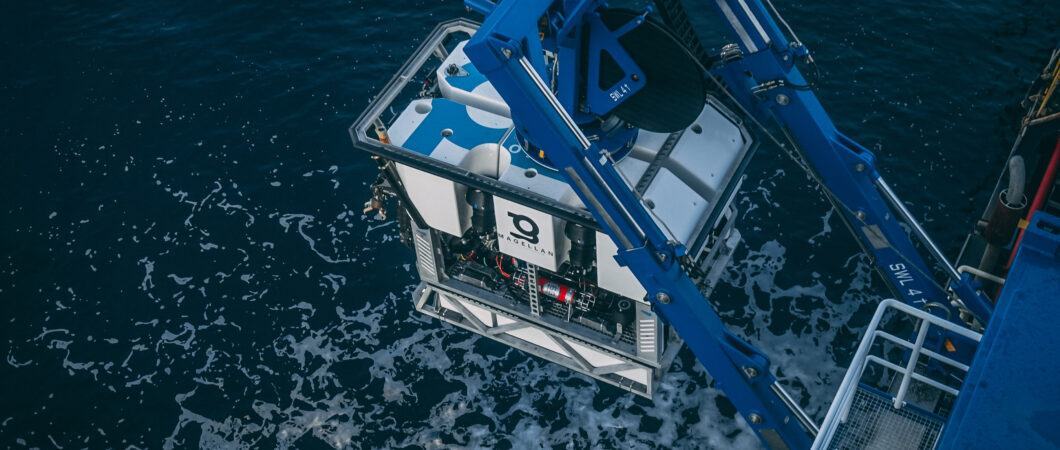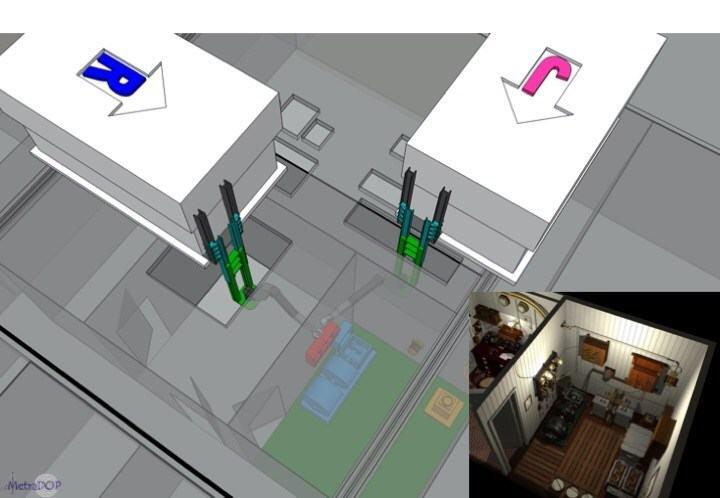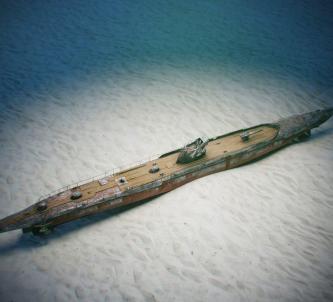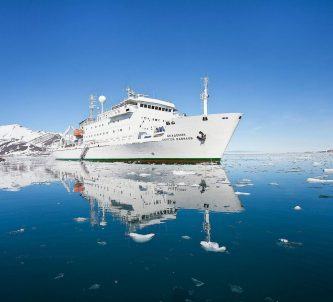RMS Titanic, Inc (RMST), the company that has been recovering artifacts from the wreck of the Titanic since 1987, says it plans to make a ninth dive to the wreck in 2021, in a bid to recover the Marconi Wireless Telegraph from the Titanic’s radio room.
The attempt will require some sophisticated undersea engineering using a pair of Remotely Operated Vehicles (ROVs) designed specifically to get into the remains of the radio room on the top deck of the Titanic.
The telegraph equipment is, of course, legendary.

It was on this set that radio operators, Jack Phillips and Harold Bride, first received warnings of ice from ships ahead of them and passed them on to Capt Smith. Then after striking the iceberg, it was this set that broadcast their cries for help using at first the traditional CDQ distress code, then switching to the new SOS call for help.
The morse code cry for help was tragically not heard by the SS California only a few miles away, but was picked up by the SS Carpathia, which came steaming at full speed to RMS Titanic’s aid.
Even when Jack Phillips had been relieved from his post and could have survived, like his co-worker Harold Bride, he instead heroically stayed with the Marconi telegraphy set, calling out for help on behalf of the ship’s survivors until the power failed just three minutes before the ship plunged into the icy depths.
RMST’s expedition, originally planned for this year but delayed by the COVID-19 pandemic, has a team of leading scientists, marine archaeologists and deep-sea engineering experts to help carefully recover the telegraph that was instrumental in saving more than 705 passengers from the Atlantic 109 years ago.
After its recovery and conservation, the telegraph will be shared with the general public in museums and other institutions around the world as part of the touring museum experience ‘Titanic: The Artifact Exhibition‘. During the expedition, the team will also monitor the current rate of deterioration of Titanic and conduct further recovery and scientific study as necessary.
So, how are they going to do it?
The plan involves a multi-phase, non-evasive method using two purpose-built ROVs to safely excavate and investigate the Marconi Radio. The new tooling and methodology will allow them to expose the key components in their current resting state and determine if safe extraction and recovery is possible.
The ROVs, Romeo and Juliet, have been developed by Magellan Limited, who have worked with RMST on previous recovery expeditions. They have a unique ladder deployment system giving them non-evasive entry to areas of interest without wreck disturbance. Each ROV will be equipped with their respective tooling to first dredge and clean the area for a thorough investigation. Components approved safe for extraction will be gently removed using both ROV’s and collected to salvage baskets for safe recovery to the surface.
Hopefully they will join some of the 5,500 artifacts that RMST has recovered from RMS Titanic and take pride of place among the collection.
Images: Magellan Limited and RMS Titanic, Inc.








Leave it alone, moon rocks are one thing, the things inside the Titanic are quite different. They don’t belong to the company that is stealing them and say their owners are long gone, does not make it right. They must have family members still alive somewhere, I willing to bet know one has made a real effort to find them. That ship is a grave there are remains of the poor souls who died there, leave it be. It is commercialism at its lowest form.
My experience I have been into titanic since age 6 I’m now 25 I have drawn titanic evertydayv as a kid and became great friends with important people of titanic as a young adult I draw on my iPad Pro I walked away from titanic a few times as she can consume you but I draw every now and then on Instagram imagesbydouglas at the Luxor in Vegas I went last year and everything I seen destroyed me there were things in there that were fake as in artifacts as the employee told me and there were artifacts and the employees were mean they didn’t know my contacts and how I know that ship and artifacts in my hart as I left the Luxor I was on my iPhone talking to one of my contacts saying how sad and upset I was what I have seen . To me artifacts tell stories of importance and if you’re going to bring them to light and for everyone. To see keep them in a collection as one don’t sell them for profit as I remember didn’t rms titanic inc trying to sell all the artifacts at one point say a year or two ago I say leave the artifacts were they are and I would say 109 years under the sea I say let it stay at rest and peace we’re it is with everything else why bring it up here in this crazy world and let our imagination view it instead
Hi Douglas, Yes, good point. Selling artifacts from the Titanic is controversial.
I don’t think there’s a problem about fake items. The exhibitions have recreations of things like the grand staircase and cabins with props, that set the scene or context for the exhibition. I’m ok with that.
And, as I’ve explained already in this thread, my overall view is that it’s better to have artifacts above water for human historical interaction, than have them doing nothing on the seabed.
All the same, I welcome your view & passion. 🙂
No leave that ship alone it is a fkn grave and all these bastards want to do is plunder its valuables that don’t even belong to them
I sort of agree, at least with the sentiment…. and I don’t.
I think these things are a connection to the past. I remember as a kid, half a century ago, leaning on a glass desktop cabinet in, I think, the British Museum, reading the last entry in Capt Scott’s diary, inches away from my face. It had a profound impact.
As did the piece of moon rock in the Chicago Science Museum, picked up off the surface of the moon by Gene Cernan (who died last year) commander of Apollo 17, during the last mission to the moon. I had spent 15 mins a few hours earlier, interviewing him. One of the most amazing people I ever met.
I’ve stared at the buildings & artifacts of ancient Roman, Greek, Egyptian, Mayan, Nabatean & other civilisations in their locations and wondered about the people who put them there.
Last week I stood precisely on a spot where I know, 78 years ago, Hitler and Goering stood.
And in Estonia six years ago, I saw some of the artifacts brought up from the Titanic, in one of their touring exhibitions.
Yes, it feels slightly ghoulish to be looking at the fittings from a sink somebody was using shortly before they died, the porthole they looked out of, the end of the bench they sat on on the upper deck, even a pair of boots they were wearing… but it’s a ‘reach out and touch’ (not literally) connection with a historic moment. It’s a legacy.
And what purpose, for theirs, ours and future generations, would these things be serving, rotting away to nothing thousands of feet down in the cold darkness?